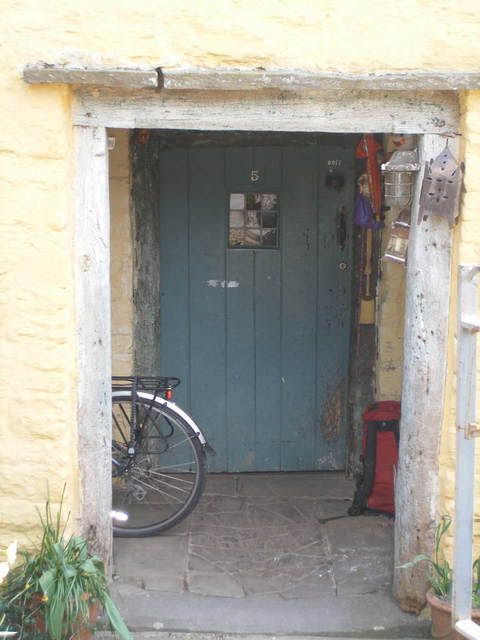
I love exploring. I love taking photos. This one is a cottage doorway at Clyro, on the Radnorshire/Herefordshire border, near Hay-on-Wye. This village is very special to me because of its literary connections with the diarist Francis Kilvert. Many years ago a dear friend of mine gave me a book called "After Kilvert." I briefly flicked through it and then it remained on my bookshelves for many years - in fact, until just before we moved here. Then I became besotted, and I bought a copy of "Kilvert's Diaries" from a local bookshop. Since then I have read and re-read this book, and others about Kilvert, and feel like I knew him personally.
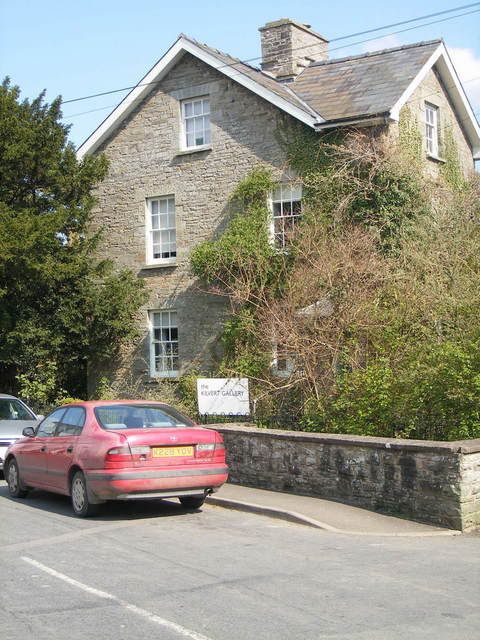
It was whilst Kilvert was a Curate at Clyro that he wrote a series of diaries. This was the house he lived in from 1870. Sadly he died of peritonitis within a month of his marriage in 1879. Equally sadly, he was never to wed the true love of his life, Daisy Thomas, whose family he often visited in their home at Llanthomas. She too, never married.
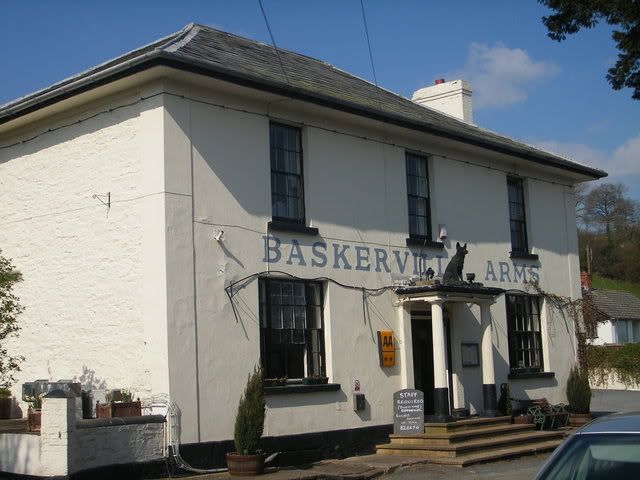
This is the Baskerville Arms, which is just across the road from where Kilvert lived. Because of his proximity, he was only too aware of the drunken-ness and altercations which happened after closing time, or before. It took its name from the Baskerville family who lived in nearby Clyro Court (now a hotel).
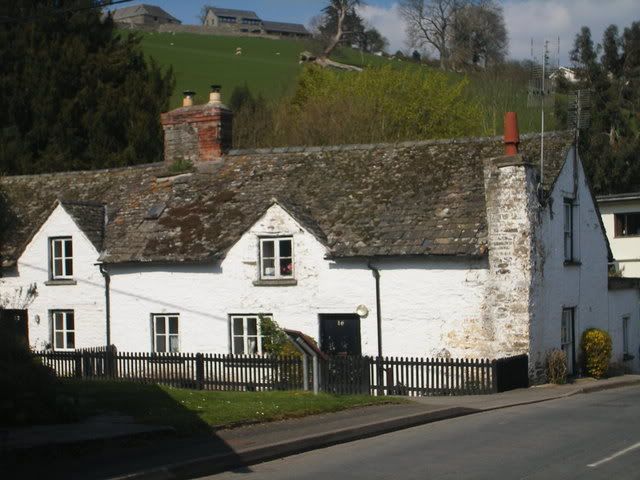
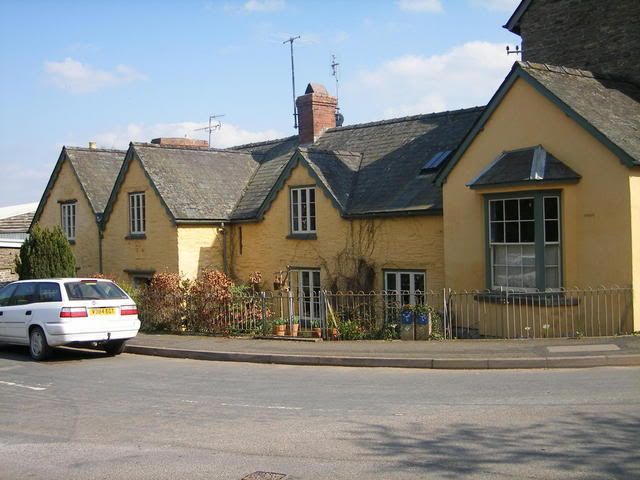
These are cottages nearby, where the villagers he knew and cared so much for, once lived. Part of Kilvert's function was to visit the sick and poor of the parish. David Lockwood, in his book "Kilvert, the Victorian" says that "he acted as the clergy did until the coming of the Welfare State, as a social worker seeing that the needy had food, blankets and clothing."
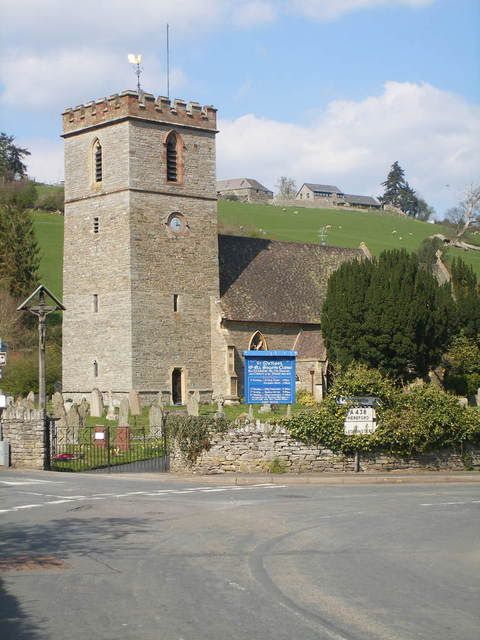
Clyro Church.
Sadly the diaries which remain available to us today are only a portion of those which he wrote during his lifetime. His widow Elizabeth may well have expunged parts of them referring to his past engagement to Katherine Heanley, but apparently his nephew's wife took it into her head to burn the remaining unpublished diaries because of their content being "too personal". What a loss to literature.
I will leave you with a short extract to give you an idea of the comforts of Victorian bathing . . .
Sunday, Christmas Day (1870):
"As I lay awake praying in the early morning, I thought I heard a sound of distant bells. It was an intense frost. I sat down in my bath upon a sheet of thick ice which broke in the middle into large pieces and jagged edges stuck all round the sides of the tub like chevaux de frise, not particularly comforting to the naked thighs and loins, for the keen ice cut like broken glass. The ice water stung and scorched like fire. I had to collect the floating pieces of ice and pile them on a chair before I could use the sponge and then I had to thaw the sponge in my hands for it was a mass of ice. The morning was most brilliant. Walked to the Sunday School with Gibbins and the road sparkled with millions of rainbows, the seven colours gleaming in every glittering point of hoar frost. The Church was very cold in spite of two roaring stove fires. Mr V. preached and went to Bettws."
Gosh - they made them of stern stuff in those days alright! I shall share some more of these delightful diaries with you in coming weeks.


3 comments:
What a beautiful tour on this wintry day! I *love* the cottage door.
Hugs,
Kelli
Very cool stuff, my dear. Keep it coming. I never thought of cottages being attached like that. They are like garden apartments, as I know them.
Nancy
Thanks for sharing. It is so nice to see another corner of our world. I especially love the photo of the cottage door.
Post a Comment